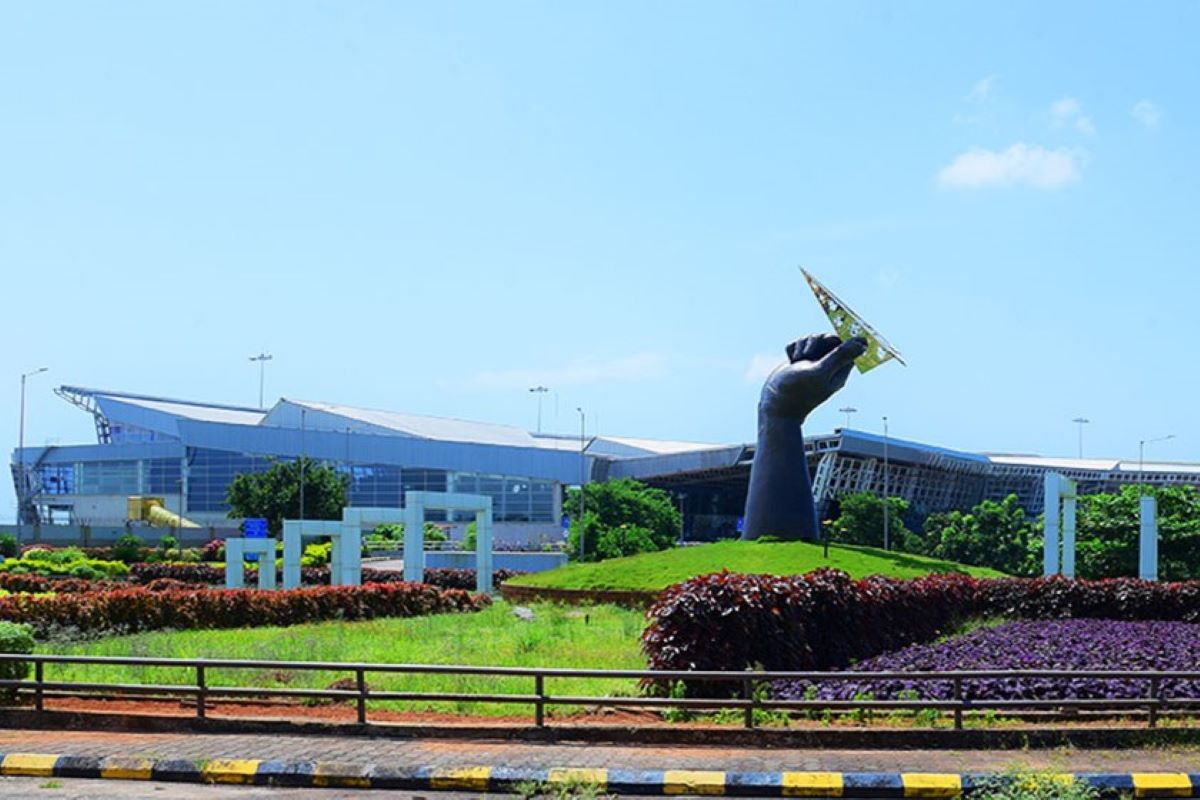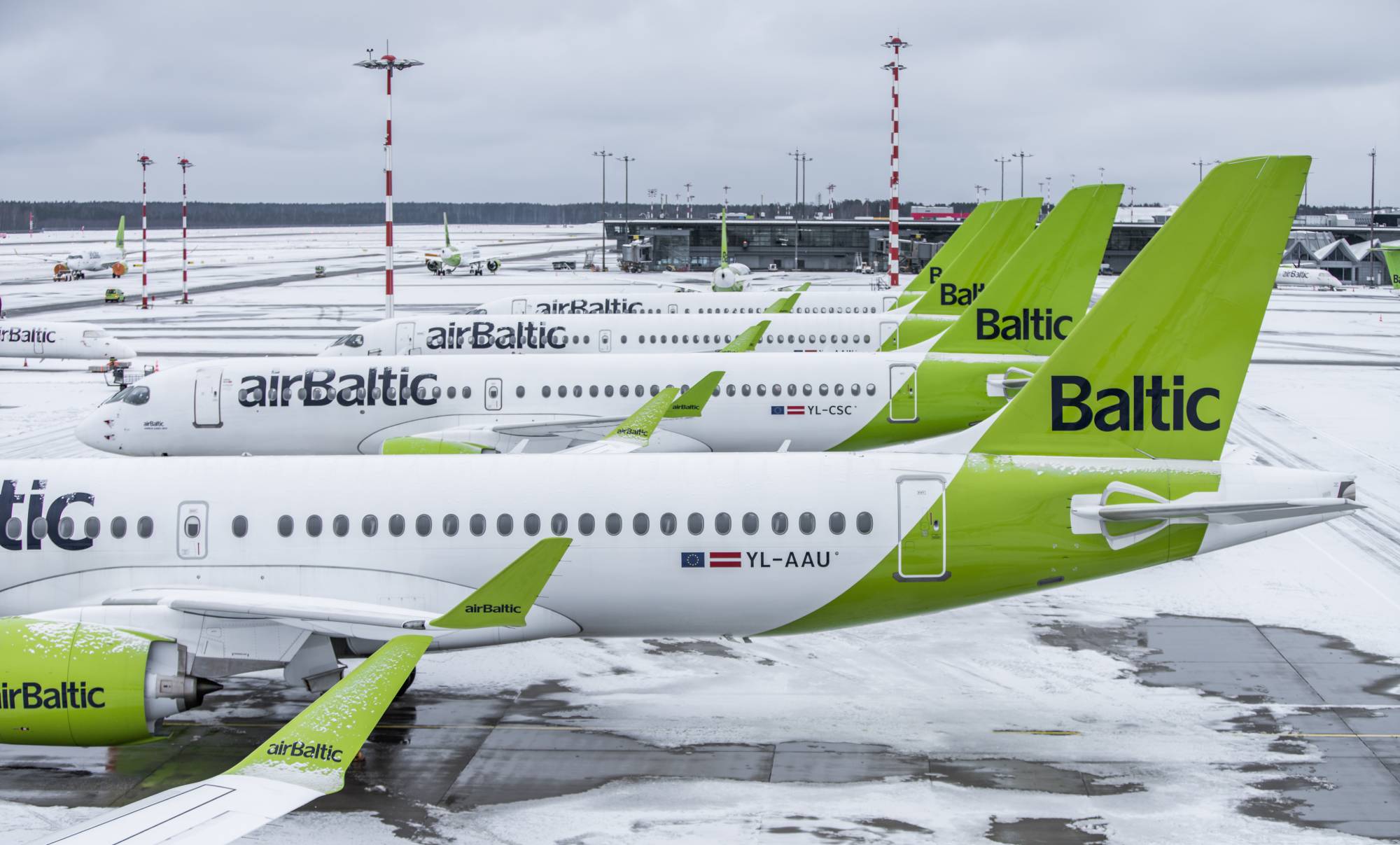Adani Airports Now Has a Timeline for Its IPO: What We Know About the Business

Skift Take
Adani Enterprises is planning to list its airport business — Adani Airport Holdings — by fiscal 2028, according to media reports that quoted Jugeshinder Singh, the group’s chief financial officer.
The company controls more than 50% of top 10 domestic routes, and it accounts for close to 25% of the air traffic in India.
The conglomerate runs seven airports and, in March 2025, expects to start operations at the Navi Mumbai International Airport — its second airport in the Indian financial capital of Mumbai.
According to reports, the group is also looking to invest around INR 1,750 billion ($21 billion) in its airport business over the next 10 years.
Adani’s Airport Vertical
Adani Airport Holdings is a subsidiary of Adani Enterprises. In its investor presentation for fiscal 2024, the Adani group shared that it has 3 diversified revenue streams — aero business driven by passengers; non-aero business driven by duty free, food and beverages and other facilities within the airport; and city-side development business, which involves real estate development around airports. Here’s what we know about the vertical:
- The company has 8 airports in its operational and developmental portfolio — Mangalore, Lucknow, Ahmedabad, Guwahati, Jaipur, Thiruvananthapuram, and 2 in Mumbai, including the new airport in Navi Mumbai.
- Its airport business serves 200 million consumers, including passengers and non-passengers. The company is expecting to scale this to 400 million consumers by 2028. Once the Navi Mumbai airport becomes operational, it will have a combined capacity of 100-110 million passengers. The company aims to grow this capacity almost 3 times by 2040.
- In the 2024 fiscal, the airport business recorded a 35% annual increase in revenue.
- Adani group’s airport business is currently working on real estate development at Mumbai, Ahmedabad, Jaipur, Lucknow, and Guwahati airports, while it is planning to undertake city-side development at its remaining airports as well.
- Adani Airport Holdings is looking to increase its revenue from the non-aero segments, as well. Currently, 6 of its airports have an aero to non-aero revenue ratio of 75:25, while this is an even 50-50 split at the operational airport in Mumbai.
India’s Aviation Growth
India is now the third-largest domestic aviation market, after the U.S. and China, according to data by aviation analytics firm OAG.
The airport industry is expected to have a robust financial year. Ratings agency ICRA has projected a revenue growth of 15-17% for Indian airport operators in the 2024-25 fiscal. The overall air passenger traffic in India in 2024-25 is expected to grow by 8-11%, with 407 million to 418 million air passengers.
According to ICRA, factors such as improvement in domestic and international passenger traffic, increase in tariffs at some of the major airports, and ramp-up in non-aeronautical revenues are going to drive growth in revenue for airport operators.
Vinay Kumar G, vice president and sector head — corporate ratings of ICRA, said, “The recovery in the Indian airport passenger traffic is one of the best compared to other major global counterparts. India accounted for 4.2% of the global passenger traffic in 2023.”
Meanwhile, credit ratings agency CRISIL Ratings has estimated that the revenue of private airports will increase by 30% in the ongoing financial year.
“An expected increase of 10% in passenger traffic on the high base of fiscal 2024, combined with capital expenditure-linked tariff hikes, and rising non-aeronautical revenue per passenger, will help grow the revenue of leading private airport operators,” the agency said.





